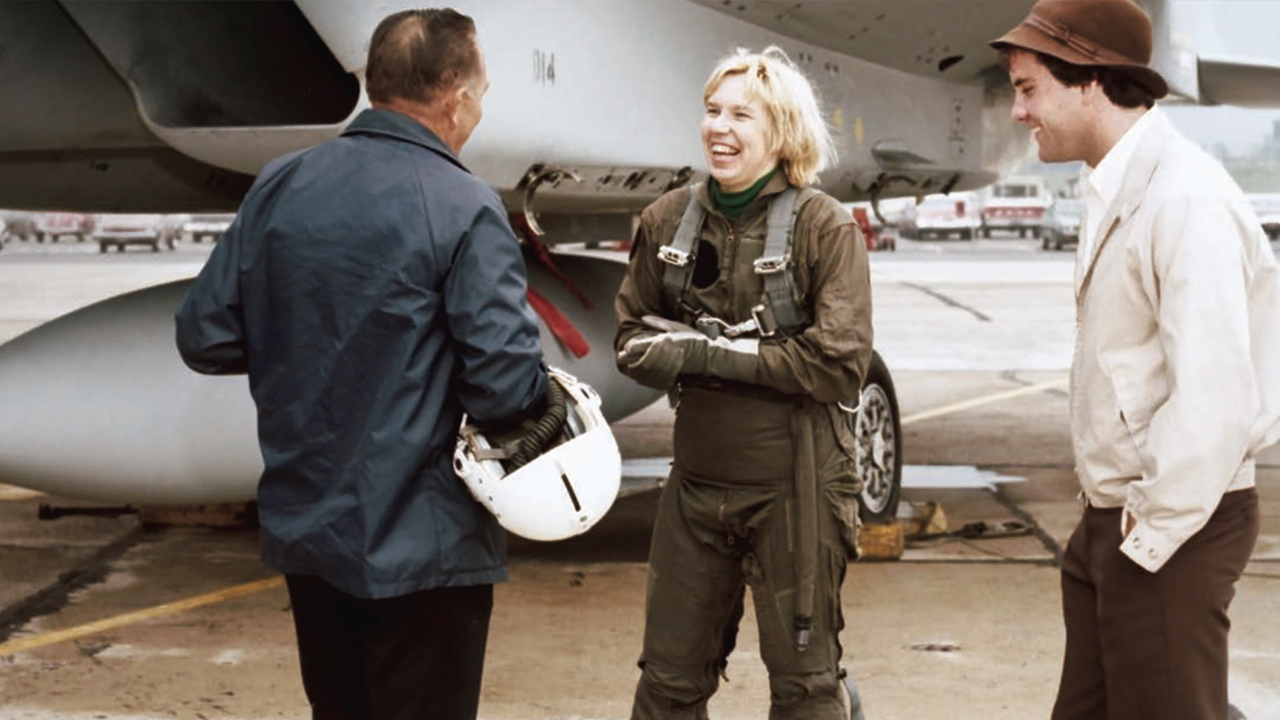Aerospace engineers use scientific principles as well as engineering concepts and practices to design, build, test and operate aerospace, aviation and aeronautical systems and vehicles. They are involved with the design, development and production of vehicles for flight both in and beyond the atmosphere. Aerospace engineers apply their knowledge of aerodynamics, propulsion, structures, dynamics, control and performance to a wide variety of challenges encountered.
Noteable

Life after Graduation
Aerospace engineering graduates pursue careers in research and design, as well as in government and academia. With expertise in aerodynamics, flight dynamics, propulsion, structures and structural dynamics, Auburn aerospace engineers have been closely connected to many of history’s greatest flights and the machines that carried them. Auburn’s aerospace engineering alumni include Gerald Smith ’61 and Robert Champion ’86, who, among others, contributed to the space shuttle program’s design, maneuverability and safety. Charles E. “Buddy” Davis ’59, for whom the department’s Davis Hall is named, made groundbreaking developments with the Thor rocket, Harpoon missile and KC-10 aircraft aerial refueling platform, which played a vital role in the evolution of U.S. defense systems. Lorenda Ward ’90 and ’92 is a senior investigator for the National Transportation Safety Board, where she investigates aviation crashes and incidents around the world. Wendell Mead ’63 and ’66 is a pioneer in the field of ballistic. Nelda Lee ’69 is a pioneer of women in aviation and aerospace who created a scholarship in aerospace engineering.

